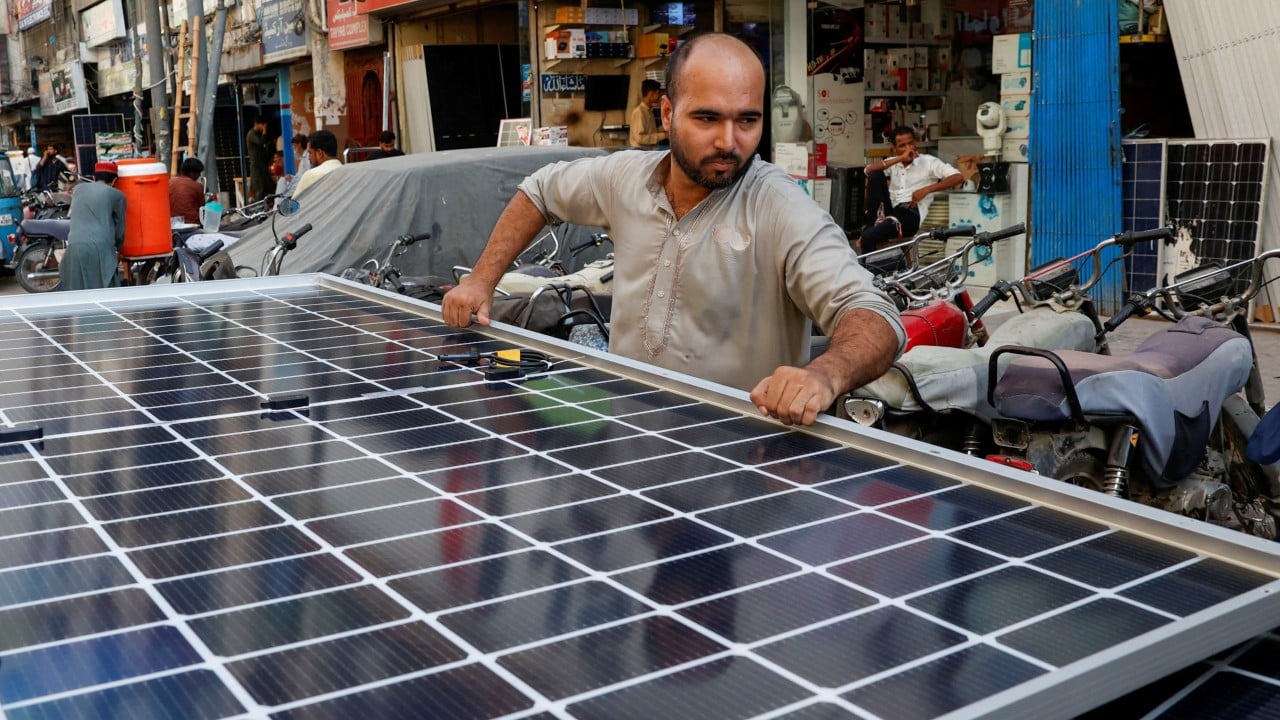Published: 1:00pm, 5 Jun 2025Updated: 1:41pm, 5 Jun 2025
The rise of decentralised solar power has prompted a Pakistani think tank to call for China to play a leading role in Pakistan’s energy transition, creating a model for other countries in the Global South. However, a Chinese energy scholar has questioned whether its vision is too expensive to be true.
Advertisement
“China’s solar panels are outcompeting China’s power plants,” said Muhammad Basit Ghauri, lead author of the report by the Renewables First think tank, which suggests that China has to make a choice between the coal-fired plants it has financed in Pakistan and the solar panels it has sold to the country as they cannot both be winners in one market.
By supporting a unified clean energy vision in Pakistan, the report said China “has the opportunity to develop and validate transition models that could be replicated across the Global South”, going on to note that the United States’ withdrawal from climate diplomacy had created space for China to champion the global energy transition.
The report also said it was vital to develop indigenous manufacturing, given rising global trade tensions and China’s recent export restrictions on critical minerals essential for solar technology.
“China and Pakistan need to evolve from an importer-exporter relationship to co-creators of a home-grown clean-energy innovation ecosystem,” it said.
Advertisement
An increasing flow of cheap Chinese solar panels to the South Asian nation is undercutting demand for power from coal-fired plants that China helped finance and leading to a vicious cycle of stranded assets, the report said.
Pakistan had witnessed a rapid transition to “distributed” solar power generation on people’s rooftops over the past five years, with 39 gigawatts of solar panels imported over that time, mostly from China, it said, adding that was roughly the equivalent of three-quarters of Pakistan’s total installed power generation capacity.

